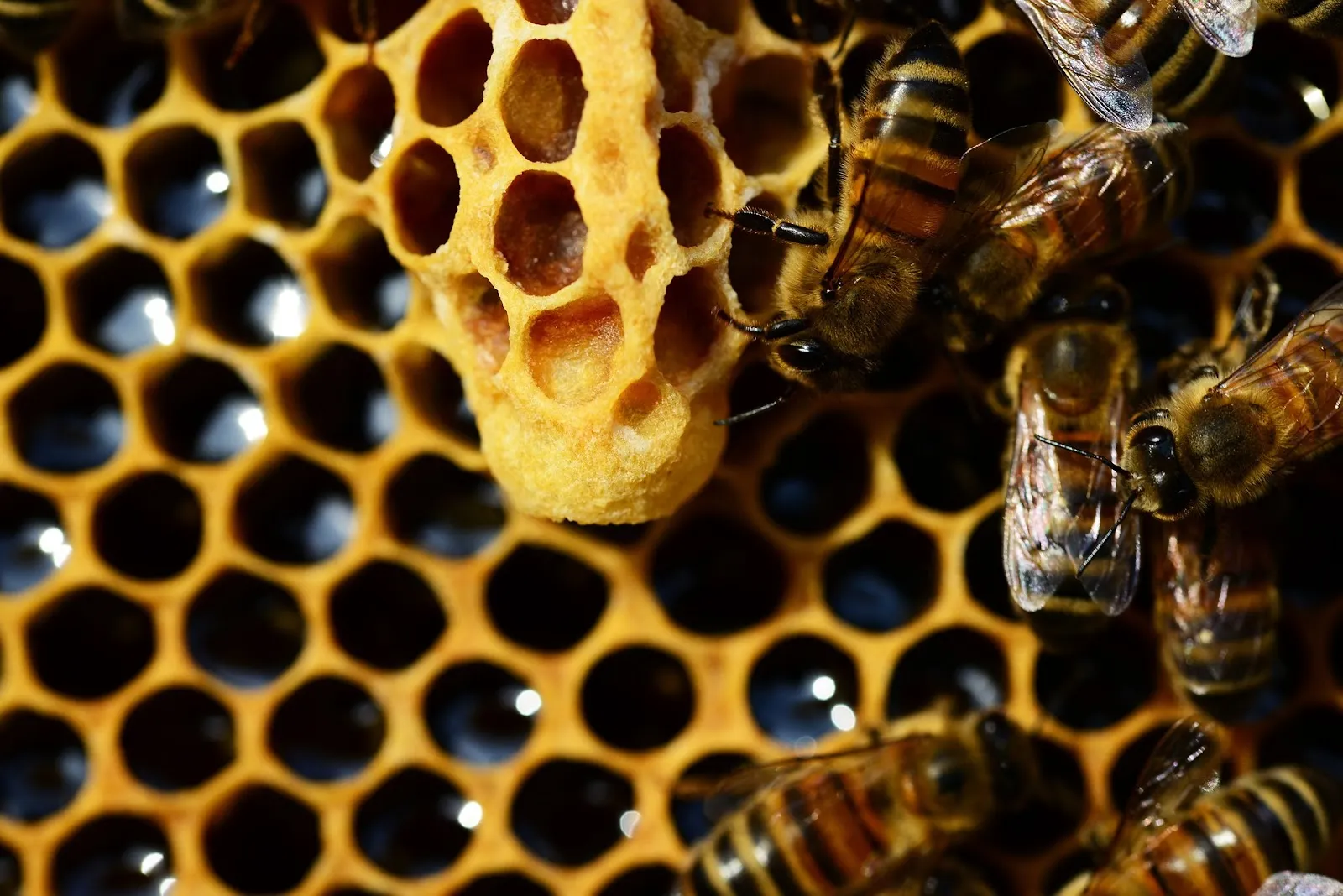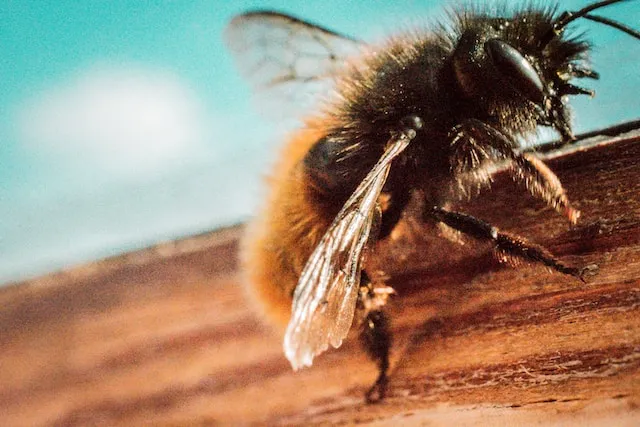How many queen cells should you leave?
Queen cells are large peanut-shaped cells that a honey bee colony make to raise new queens. They are larger than workers and drone cells and usually hang down on the front of the comb. Beekeepers are sometimes worried to discover this kind of development in their colonies and will act swiftly. The decision to keep or remove the cells depends on the colony’s needs. Sometimes you need to leave these fantastic creatures alone to do their thing!
Similar Articles you may like to read –
How to start a honey bee farm? What setup is needed?
Is beekeeping profitable? How much can l make in a year?
How much does it cost to start beekeeping? How much do honey bees cost?
How much do honey bees cost? Where can I get Honey bees? Things to consider
How many queen cells should you leave?
When you find queen cells in a hive, you should approach them carefully. Seek to understand your colony first. Embark on checking the well-being of the queen. While you can cut them out, you cant return them back once destroyed. A queenless hive usually has limited time to raise a new queen. When a queen accidentally dies, they move first to raise another queen. By making many queen cells, they increase the chances of getting a new queen.
While the queen cells may look alike, the bees have different reasons for making them. Emergency and supersedure cells should be left alone for the worker bees to manage. If their bid to raise a queen fails, you should help them out by introducing a queen in a cage. For swarm cells, you can choose to remove them, but the colony is already in swarm mode. You may require to divide the colony into two. If you miss even one cell, the colony will swarm soon. You can use the queen cells while making splits, starting a nuc, or helping a queenless colony. When making splits, beekeepers remove all queen cells and leave one.
How can you tell the difference between a queen cup and a queen cell?
A queen cell development entails various stages. Like other insects, honey bees undergo complete metamorphosis( from egg to adult). At first, the cells made for queen larvae are queen cups. It is usual for any bee colony to have these in place at any time. Most of them are not used. It is just a form of preparation just in case a need arises. A beekeeper should not be alarmed at all by the presence of queen cups in the colony.
When you discover an egg or larvae on the queen cup, be informed that the colony is in the process of making a new queen. A queen cup with developing larvae is referred to as a queen cell. Many queen cells in a colony signify preparation for swarming.
More articles you may like to read –
Why do beekeepers remove the queen?
How many supers should a hive have?
When should you not inspect a beehive?
Will bees clean mold off frames?
What are the various types of queen cells?
There are three queen cell types: swarm cells, emergency cells, and supersedure cells. A beekeeper needs to be able to identify the various types of queen cells.
Swarm Cells
Bees make swarm cells in preparation for swarming. They are entirely vertical and long. They usually hang on the edges of frames. At times they can be at the face of the comb. A beekeeper needs to act fast to prevent swarming. 10-20 of them.
Supersedure Cells
They are entirely vertical and placed on the face of the comb rather than the bottom of the frame. Mainly 2-3 of them on the same comb. Their intention is to replace a non-reproductive queen. The old queen is retained until the replacement is done.
Emergency Queen Cells
They are made in response to the sudden loss of a queen. The cells are partly horizontal and partly vertical, with a right-angle bend in the middle. They look unimpressive, and a beekeeper may overlook them. They show that your colony is in crisis. The bees build emergency cells anywhere in the comb and may be scattered. They are made on existing worker larvae.



